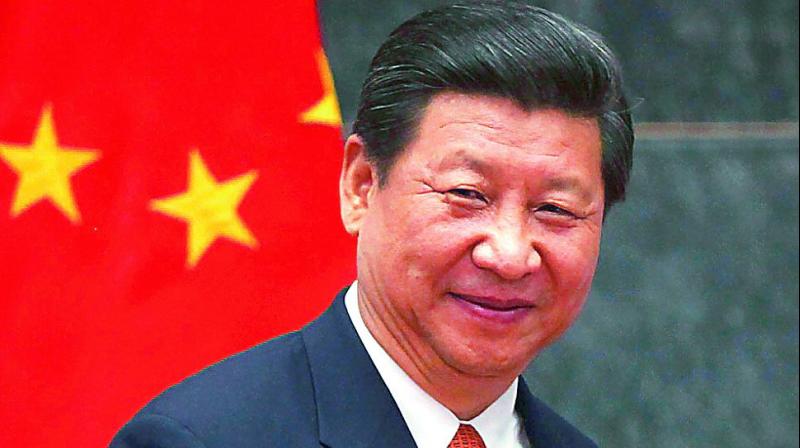Silk Road revival hits the buffers

From a stalled Indonesian rail project to an insurgency-threatened economic corridor in Pakistan, China’s push to revive Silk Road trade routes is running into problems that risk tarnishing the economic crown jewel of Xi Jinping’s presidency. The “One Belt, One Road” initiative, unveiled by Xi in 2013, envisages linking China with Africa, Asia and Europe through a network of ports, railways, roads and industrial parks.
Xi, the most powerful Chinese leader in decades, has pushed the infrastructure drive which is central to his goal of extending Beijing’s economic and geopolitical clout. The initiative was enshrined in the Communist Party’s constitution at a key congress last month, and some estimates say more than $1 trillion has been pledged to it, with projects proposed in some 65 countries.
But on the ground, it has run into problems. Projects traverse insurgency-hit areas, dictatorships and chaotic democracies, and face resistance from both corrupt politicians and local villagers. “Building infrastructure across countries like this is very complicated,” said Murray Hiebert, from Washington think tank the Center for Strategic and International Studies, who has studied some of the projects in Southeast Asia.

